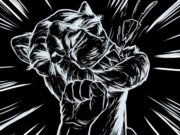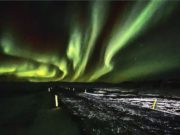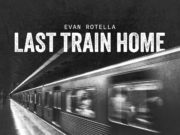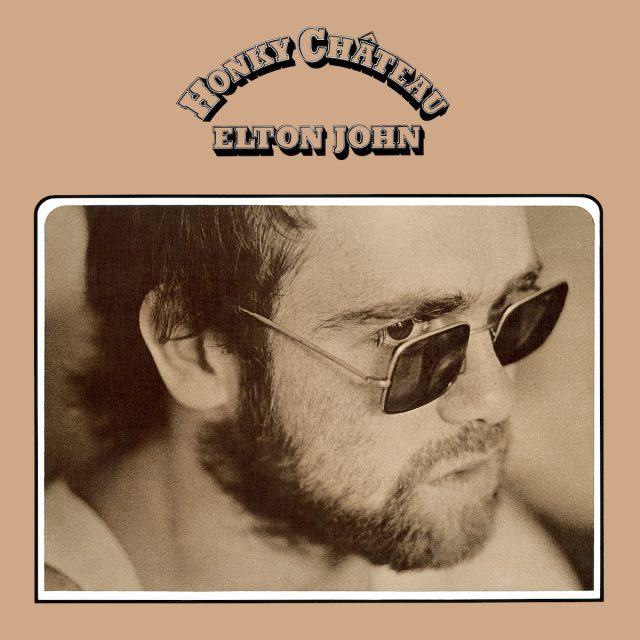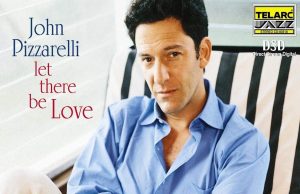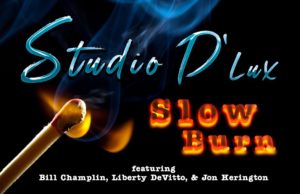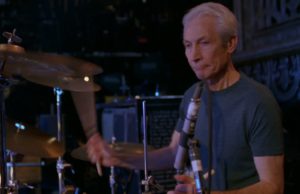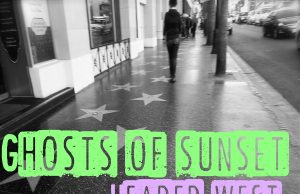 Just in case you forgot what Elton John used to sound like, the man himself has put out a very special reissue of his best record. I suppose that’s debatable, but Honky Château is my favourite. I’ll rank them later. I’ve been a fan of Elton since my brother got Greatest Hits Vol. II from Santa in 1977. Sadly, this was the dawn of his music turning to garbage and the permanent lowering of his incredible voice. There really wasn’t a comparably good record after Rock Of The Westies. Blue Moves and Too Low For Zero come close.
Just in case you forgot what Elton John used to sound like, the man himself has put out a very special reissue of his best record. I suppose that’s debatable, but Honky Château is my favourite. I’ll rank them later. I’ve been a fan of Elton since my brother got Greatest Hits Vol. II from Santa in 1977. Sadly, this was the dawn of his music turning to garbage and the permanent lowering of his incredible voice. There really wasn’t a comparably good record after Rock Of The Westies. Blue Moves and Too Low For Zero come close.
So I became obsessed with the back catalog. Elton has the distinction of being this ADHD person’s very first obsession. I know his 1968-1975 stuff (and the 1978 Muppet Show appearance) with a familiarity most people reserve for themselves. I can’t tell you what’s on my licence plate, but I know how to spell engineer David Hentschel’s last name. (He played synth on this record and they spelled his name wrong on the original sleeve). Therefore, it bugs me a little that the 50th anniversary edition of Honky Château comes out two months shy of the album’s 51st birthday.
The version I’ve pre-ordered is the two-record vinyl — which has a lovely gatefold and period artwork, but doesn’t have the envelope buckle sleeve. So, I guess I’ll be keeping my original one on UNI Records. It does, however, feature a selection of outtakes from the original session tapes, an eight-page booklet containing rare photos, memorabilia and interviews from those who were involved when the album was recorded in January 1972 at Château d’Herouville in France. There’s a single LP vinyl record version as well, which has the original album only — but on gold vinyl. If you opt for the CD version, it comes as a two-disc set with all of this music — plus some of Elton’s Feb. 5, 1972 concert at London’s Royal Festival Hall, where he performed Rocket Man for the first time. You actually get eight live versions of Honky Château songs.
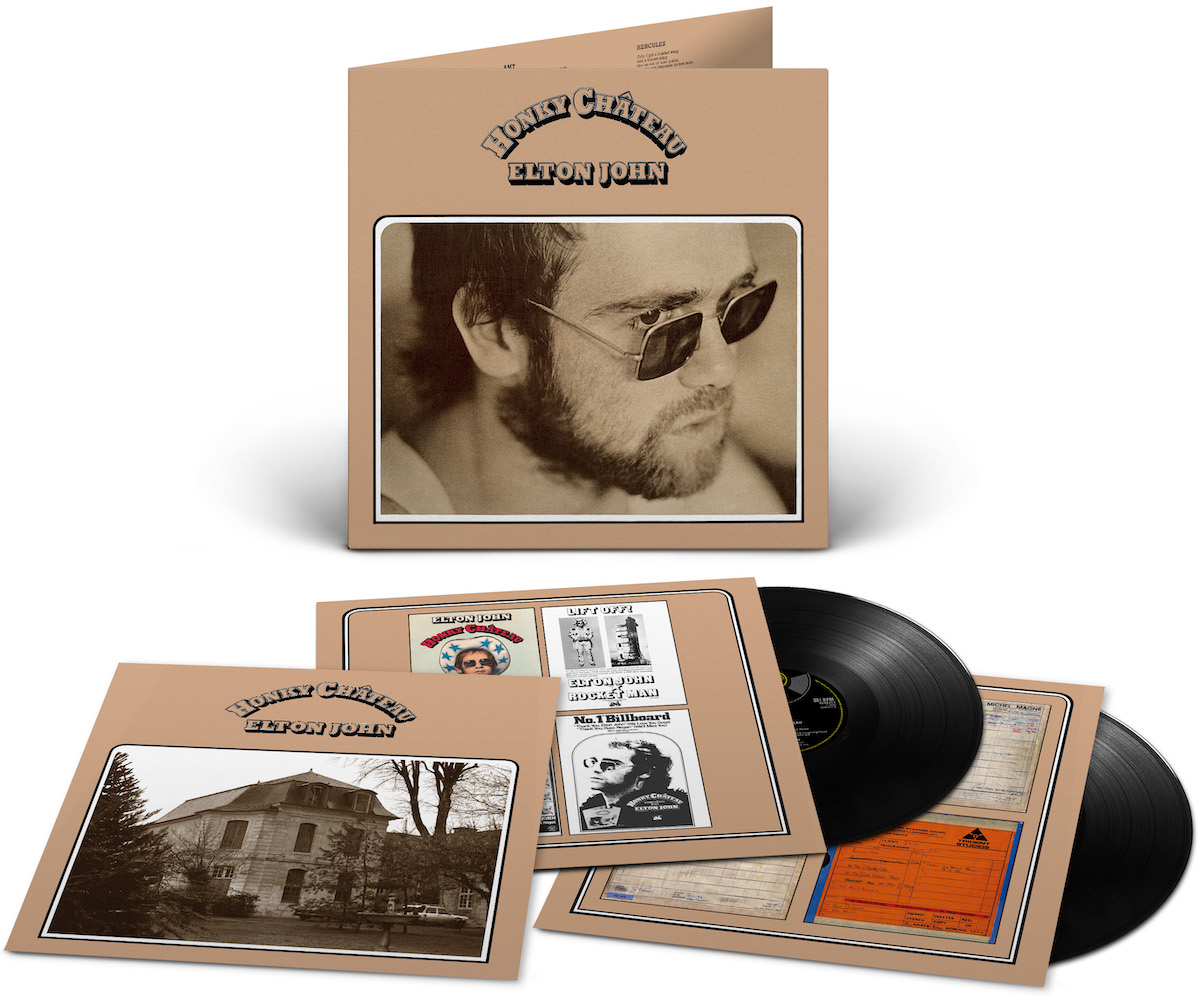
Let’s go through it, shall we?
Nowhere in the promotional materials does it suggest the album has been remixed or remastered. It still sounds great, but the demos sound incredible. They’re sonically way better than the proper album tracks. The demos have obviously had a modern mix, so they’re fuller, warmer and more intimate than the versions you’re familiar with.
It opens with Honky Cat, of course. One difference in the mix here is guitarist Davey Johnstone’s ferociously strummed banjo towards the end. It’s much louder than I recall. You can also hear the interplay between Elton’s piano, his overdubbed Rhodes and the banjo much more clearly.
Mellow is next — a much better mix than the slightly peaky and thin Honky Cat. Mellow has a gorgeous, thudding kick drum and a nice echo on the lead vocal. Elton’s hammond glissandos towards the end seem more prominent than before. You can really hear the tightness which developed between Elton, bassist Dee Murray and drummer Nigel Olsson from playing heaps of gigs as a trio. On Mellow, Olsson’s accents are lock-step with the vocal phrasing, but the kick drum is right on the bass — cutting across a lake of pudding on waterskis. Mellow is one of two tracks with electric violin, courtesy of Frank Zappa sideman Jean-Luc Ponty. Killer track.
On to I Think I’m Going To Kill Myself. The right-side rhythm acoustic guitar is more noticeable, and you can tell it’s the same take and same instrument doing the spacious, plucked notes in the post-chorus “teenage blues” bit. I never cared for the tapdancing bit during the piano solo, which is also clearer than it used to be. Cornball. In case you’ve ever wondered, it actually is real tapdancing, performed by Bonzo Dog Band drummer Legs Larry Smith. Incidentally, Elton had actually made a half-hearted suicide attempt three years earlier, something which Taupin would refer to in the track Someone Saved My Life Tonight in a few years.
Susie (Dramas) really sums up the album — it has the vocal inflection and subject matter heard on the preceding Tumbleweed Connection, but the chorus glam guitar and echo like you’d get on the subsequent Don’t Shoot Me I’m Only The Piano Player. This is kind of a throwaway song, though.
Next up is the biggie — Rocket Man (I Think It’s Gonna Be A Long, Long Time). This is a perfect song, really. I love songs about doomed spacemen: Rocket Man, Space Oddity by David Bowie and He’s Simple, He’s Dumb, He’s The Pilot by Grandaddy. This track really demonstrates Murray’s “lyrical” bass abilities. This mix really improves the acoustic guitars and the ride cymbal. The backing vocals by Murray, Johnstone and Olsson are also gorgeously mixed. I’d love to hear them isolated. My goodness, the electric guitar flourishes and the panning of the rhythmically strummed acoustic guitar sounds amazing.
Flip it over for Side 2. It begins with Salvation, which seems like the music you’d pick for a “lookin’ back” slide show. The song is a little lame until the chorus comes in, and then — whoa. It never really stops being awesome after that. This one would fit nicely on Goodbye Yellow Brick Road. This is a top-shelf Americana song by a bunch of dudes who aren’t American, in France. Comparable in structure to The Night They Drove Old Dixie Down, especially because both songs have a distinct, cool little transition turnaround lick.
Next are the album’s two deep cuts: Slave and Amy. Slave is a very Tumbleweed-esque track, maybe even a little like Let It Bleed. Johnstone has a nice lap steel solo in this, while the layers of banjos cluck away like Muppet chickens. I think it’s too slow, so it’s nice to hear the faster version included among the demos on the other record. Fun fact: This is the only song on the album without piano. Amy is next, with its superfluous bongos courtesy of percussion superstar Ray Cooper. Maybe that’s there to distract you from the fact that parts of this song sure resemble Honky Cat. This is the second of two songs featuring Ponty’s electric violin.
Forget that one — Mona Lisas And Mad Hatters is next and it’s gorgeous. This mix really makes it clear it is Elton doing his own backing vocals in the chorus. It all ends with the killer, rockin’ Hercules. Eight backing vocalists on this, including producer Gus Dudgeon, who also whistles in it. Such a distinctive acoustic guitar on this track. It’s why I love the song The Boy With The Arab Strap by Belle & Sebastian, which always reminds me of Hercules.
The demos are all wonderful, not just for the performances but also for the studio chatter. The harmonium on the Salvation demo is awful, but the backing vocals are 1,000 times better. The Susie demo has a pair of Elton F-bombs but is otherwise instrumental. Rocket Man begins with goofy chatter and then suddenly is dead serious. It’s hard to tell the difference between this one and the album track, except that the bass is mixed better and the backing vocals are a little different and it falls apart at the end.
Mellow is even more mellow than the album track and has a charming false start. The kick drum is quite a bit bigger here than on the real take. I dig. Then it’s the fast version of Slave, which is now too fast. It’s pretty clear Elton doesn’t care for it at all. He seems much happier on the demo of Honky Cat, which he introduces as l’honky chat. Maybe it’s me, but this seems a bit slower.
The main piano riff in the demo of I Think I’m Gonna Kill Myself is still developing on the first aborted runthrough, but is almost exactly like the album version by the next take. This one is also slower by a smidge. There’s a false start to Hercules — several, actually. It seems like Olsson wanted it to be faster. That and his opening drum fill was throwing Elton off, which thankfully he eventually figured out. The demo of Slave ain’t all that different, just stripped down a bit with obnoxious banjo.
I’ve talked quite a bit about the mix and sound of the album. Well, you can forget all that when listening to the live tracks. There’s a buzz/hiss throughout and the overall sound is similar to a 1980s bootleg cassette. But this is a historical artifact. Honky Cat sounds great here, and it’s shorter than the studio version, which is weird — especially for anyone familiar with the epic version on Here And There.
Listening to Elton and the band performing Rocket Man live for the first time is cool. You can tell they’re excited, it’s a bit rushed. They know they have a whopper on their hands. It all ends with Hercules, which is sloppy and not as good, with electric guitars in place of the acoustics. There’s no question you’re listening to a real, live band playing brand new songs.
All in all, it’s a million times more charming than hearing Saturday Night’s Alright For Fighting performed for the millionth time. But if you really want to hear Elton live, get a copy of 17-11-70. Still, for fans, this reissue is essential.
4/5
Elton John’s classic-era albums ranked:
1 | Honky Chateau
2 | Captain Fantastic And The Brown Dirt Cowboy
3 | Madman Across The Water
4 | Tumbleweed Connection
5 | Elton John
6 | Goodbye Yellow Brick Road
7 | Don’t Shoot Me I’m Only The Piano Player
8 | Rock of The Westies
9 | Empty Sky
10 | Regimental Sgt. Zippo
11 | Friends
12 | Caribou
• • •
Area Resident is an Ottawa-based journalist, recording artist, music collector and re-seller. Hear (and buy) his music on Bandcamp, email him HERE, follow him on Instagram and check him out on Discogs.

THE EDITED PRESS RELEASE: “Originally released in May 1972, Elton John’s fifth album Honky Château marked his first platform-shod step into global superstardom. Spawning classics such as Rocket Man, Honky Cat and Mona Lisas and Mad Hatters, Honky Château ushered in a to-this-day unparalleled hot streak of classic albums.
As referenced in its title, it was the first time Elton had recorded at the now legendary Château d’Hérouville, a residential recording studio 25 miles northwest of Paris. Elton, lyricist Bernie Taupin and his classic band — Davey Johnstone (guitar), Dee Murray (bass) and Nigel Olsson (drums) — arrived at the Château for pre-production in January 1972. Bernie brought his typewriter; the band set up in the dining room. Bernie would write lyrics at night and leave them on Elton’s piano for him to work on in the morning.
As Elton recalls of their notoriously prolific output at the time, “The first morning we were there, I had three (songs) done by the time the band drifted downstairs looking for something to eat: Mona Lisas And Mad Hatters, Amy and Rocket Man.” The remainder of the album would follow suit — Susie (Dramas), Hercules, Salvation, Honky Cat, Slave, I Think I’m Going To Kill Myself and Mellow.”
A pivotal album in Elton’s ascent to superstardom, the album’s sepia-tinged cover belies the effortless grooves within of a band who had truly found their feet as a unit. By mid-1972, their live recordings now matched their hallowed live shows, and they effortlessly channelled a soulful sound that effortlessly drew together the deep south of America via Pinner and the Parisian suburbs.
Following the release of Honky Château, by June 1972 Rocket Man was in the U.K. pop charts at No 2. In the U.S., the single reached No 6. Honky Château became the first of six consecutive albums to top the Billboard Hot 100 chart. It remains a firm fixture in the setlist of his record-breaking Farewell Yellow Brick Road tour. Honky Cat showcased the extraordinary swagger that was to define all of Elton’s work for the following half-decade. His first up-tempo number to make the U.S. Top 10, the track helped cement Elton’s reputation in America.
Still a shining jewel in Elton’s back catalogue, Honky Château was the album that announced his arrival on the world stage. Its impact and legacy endure to this day, and it will forever be remembered as the album where the Rocket Man truly took flight.”









